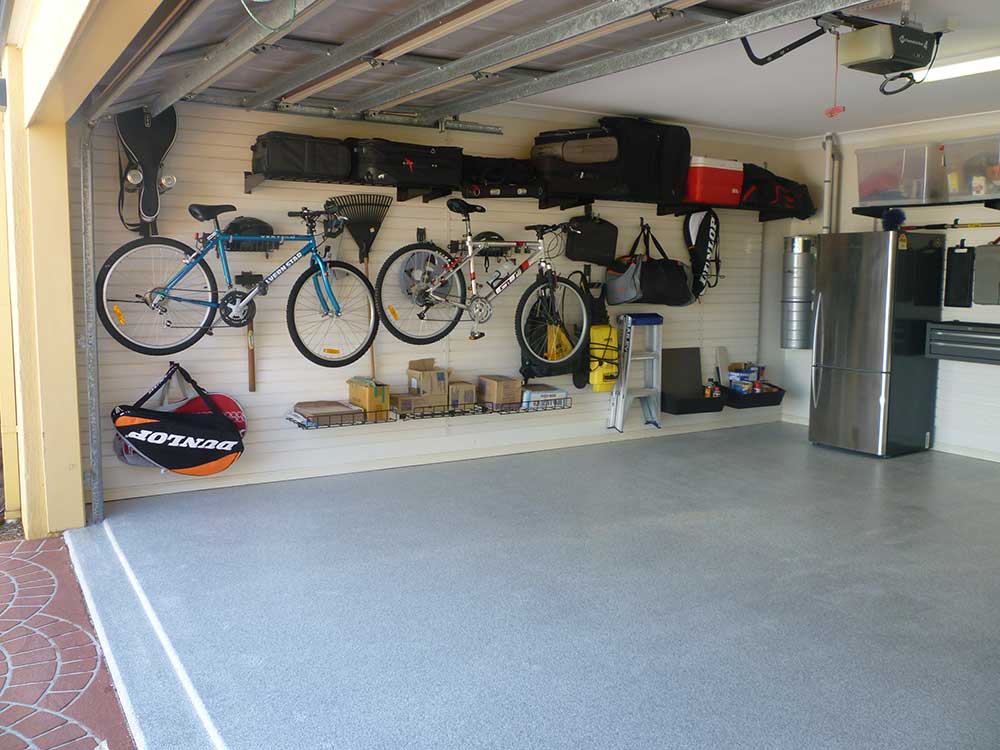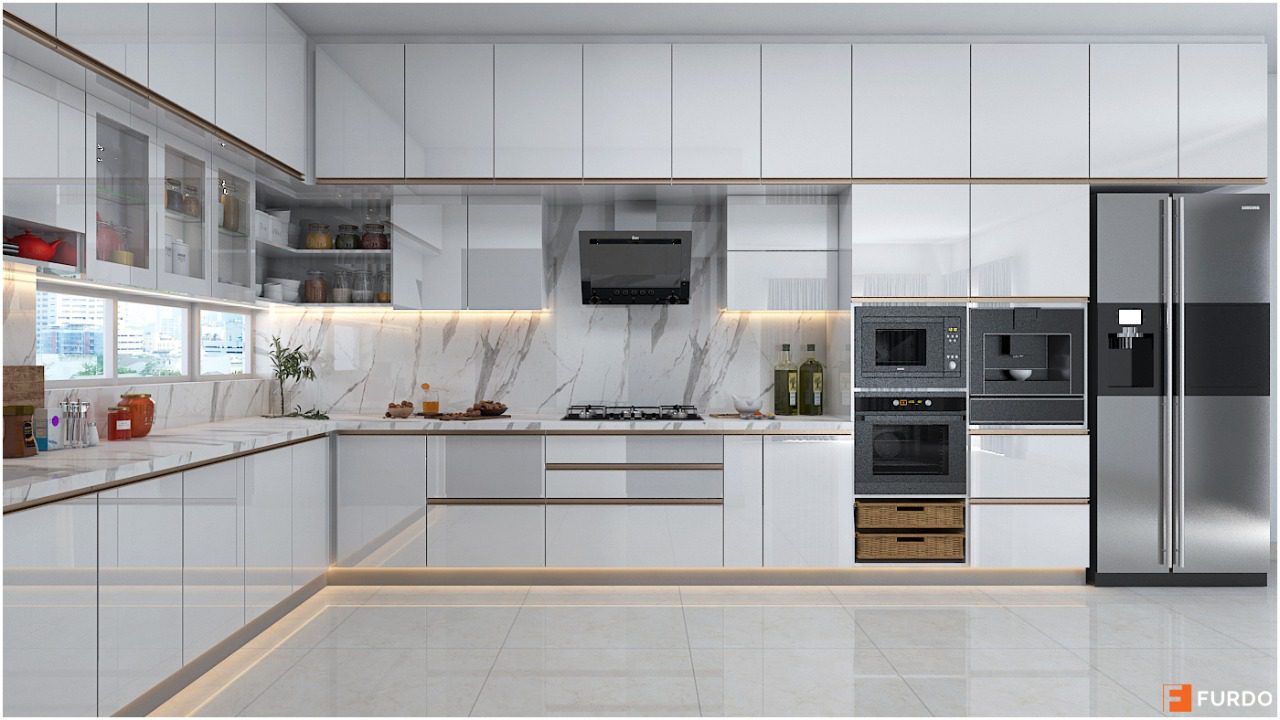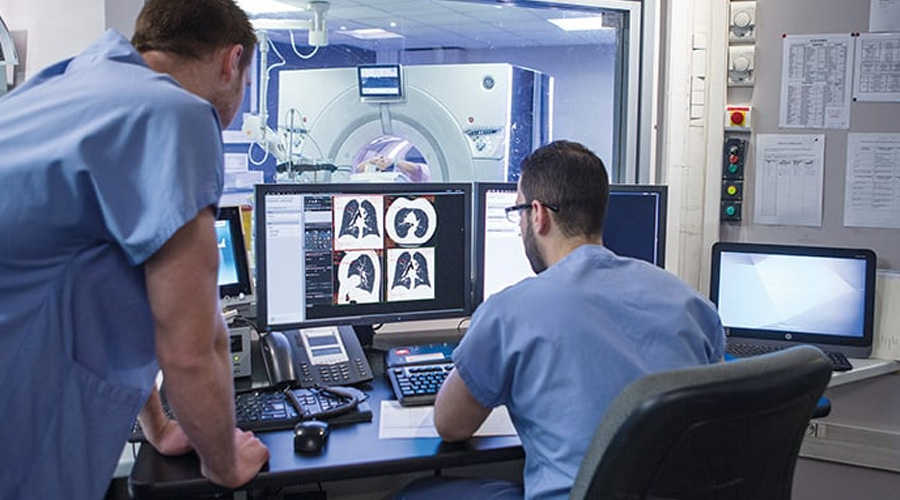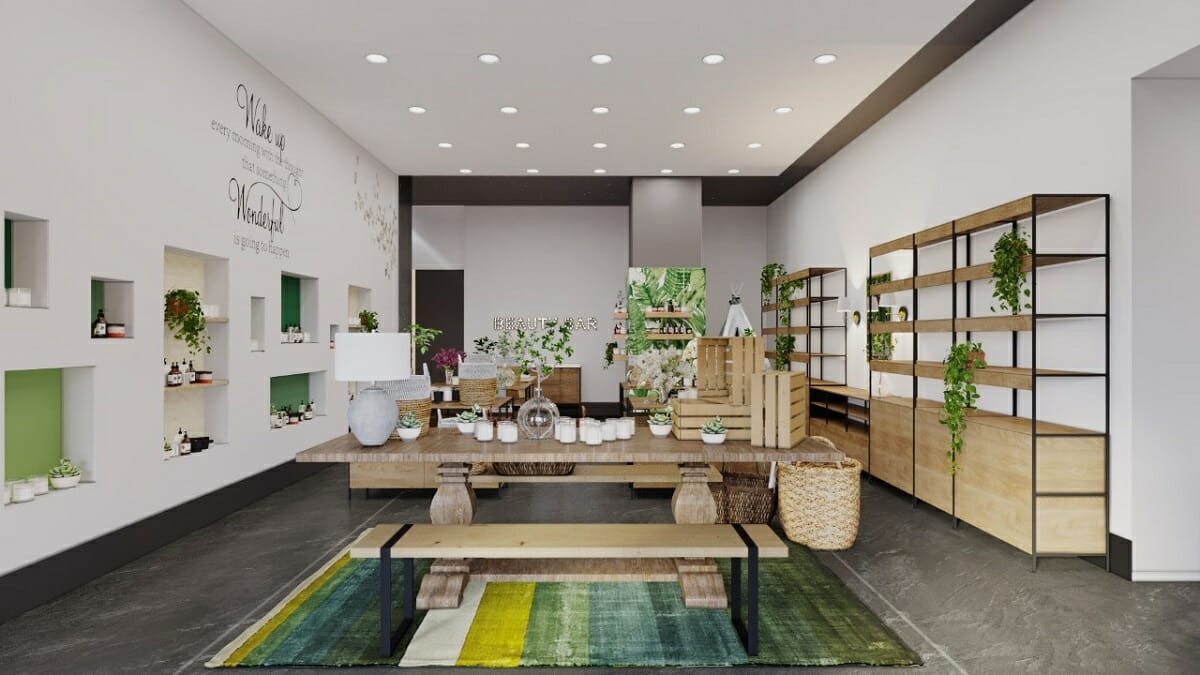Nestled in the breathtaking beauty of Lake Tahoe, the Marriott Lodge offers a luxurious lakefront retreat like no other. From stunning views of the crystal-clear waters to top-notch amenities and activities, this lodge is the perfect destination for a relaxing getaway or an adventure-packed vacation. Let's dive into what makes the Marriott Lodge the ultimate choice for your next escape.
Unmatched Location
One of the highlights of the Marriott Lodge is its unbeatable location right on the shores of Lake Tahoe. Here, you can wake up to the soothing sound of lapping waves and panoramic views of the majestic Sierra Nevada mountains. Whether you're looking to relax on the beach, go for a swim in the crystal-clear waters, or enjoy water sports like kayaking and paddleboarding, the lodge's lakefront access makes it easy to immerse yourself in the natural beauty of the area.
Activities and Amenities
When it comes to activities and amenities, the Marriott Lodge does not disappoint. Here are just a few highlights:
- Outdoor heated pool and hot tub overlooking the lake
- Private beach with complimentary lounge chairs and umbrellas
- Guided fishing excursions
- Hiking and biking trails nearby
- Full-service spa offering massages and beauty treatments
- Fitness center with state-of-the-art equipment
- On-site restaurants serving delicious cuisine
Luxurious Accommodations
After a day of exploring the outdoors or relaxing by the lake, retreat to your luxurious accommodations at the Marriott Lodge. Each room and suite is elegantly appointed with modern furnishings and upscale amenities to ensure a comfortable stay. Whether you choose a lakefront room with a balcony or a spacious suite with a kitchenette, you'll be treated to stunning views and plush bedding for a restful night's sleep.
Local Attractions
While the Marriott Lodge offers an array of activities and amenities on-site, the surrounding area is also teeming with attractions waiting to be explored. Here are a few must-see spots near the lodge:
- Heavenly Village and Gondola for shopping and dining
- Emerald Bay State Park for hiking and sightseeing
- Sand Harbor Beach for swimming and picnicking
- Vikingsholm Castle for a glimpse into Lake Tahoe's history
- Stateline Casinos for gaming and entertainment
Special Packages and Offers
To make your stay at the Marriott Lodge even more memorable, be sure to check out their special packages and offers. Whether you're celebrating a special occasion, planning a romantic getaway, or seeking adventure in the great outdoors, there's a package for every type of traveler. From discounted rates to added perks like spa credits and dining vouchers, these packages are designed to enhance your experience at the lodge.
Discover the ultimate lakefront retreat at the Marriott Lodge in Lake Tahoe and create lasting memories with your loved ones. With its stunning location, top-notch amenities, and luxurious accommodations, this lodge is the perfect destination for your next getaway. Book your stay today and experience the beauty of Lake Tahoe like never before.






.png)



